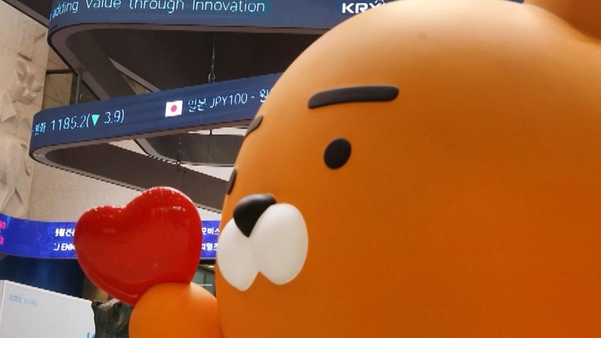Input 2021.02.25 23:56
According to the Electronic Disclosure System of the Financial Supervisory Service on the 25th, Kakao will propose this as an agenda at the regular shareholders’ meeting on the 29th of next month, and will list it in installments on April 15th after a final resolution. Prior to the partial listing on the 15th, trading will be suspended from April 12th to 14th.
When the transaction is resumed after completing this process, the par value per share will decrease from 500 won to 100 won. Kakao’s share price, which was 48,500 won as of the 25th, is expected to drop to 90,000 won, a fifth of the par value after the split. On the contrary, the total number of issued stocks will increase five times from 88.8 million 4620 shares to 435,023,100 shares. There is no change in market cap.
Kakao explained that the split decision on the day was “to increase accessibility so that more diverse market participants can invest in Kakao by lowering the share price per share.”
–
–
Companies around the world enjoy using this method for similar purposes. Apple, which has the largest market capitalization in the U.S. stock market, started with a two-to-one stock split in 1987 after listing on Nasdaq in 1980, 2000 (2:1), 2005 (2:1), 2014 (7:1), 2020. Five shares were split over a year (4:1). Large US stocks such as Microsoft (9 times), Coca-Cola (9 times), Wal-Mart (9 times), Ford (8 times), General Electric (7 times), and Amazon (3 times) have also undergone several stock splits.
In Korea, in the case of Naver and Samsung Electronics, which previously split in 2018, the number of minority shareholders has increased significantly. The share price of Samsung Electronics has risen more than 60% from May 4, 2018, when the par value split was conducted until recently.
On the other hand, Kakao finished after-hours trading at KRW 508,000, up 4.85% from the closing price, as investors who expected a share price to increase after the announcement of the par value split were concentrated on after-hours trading.
–
– .


